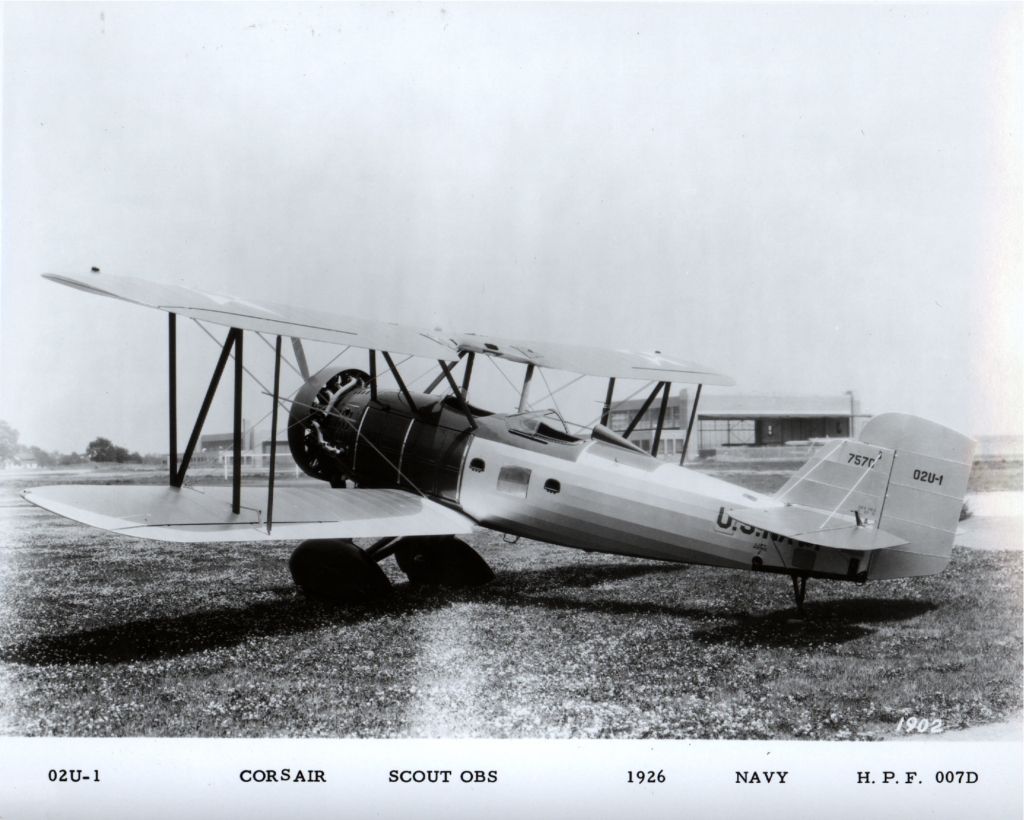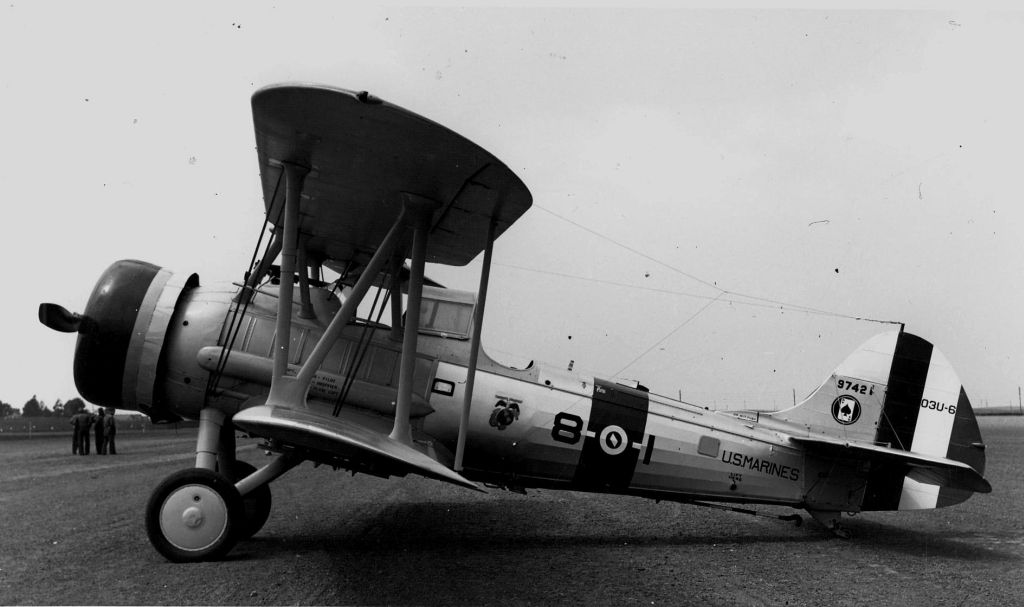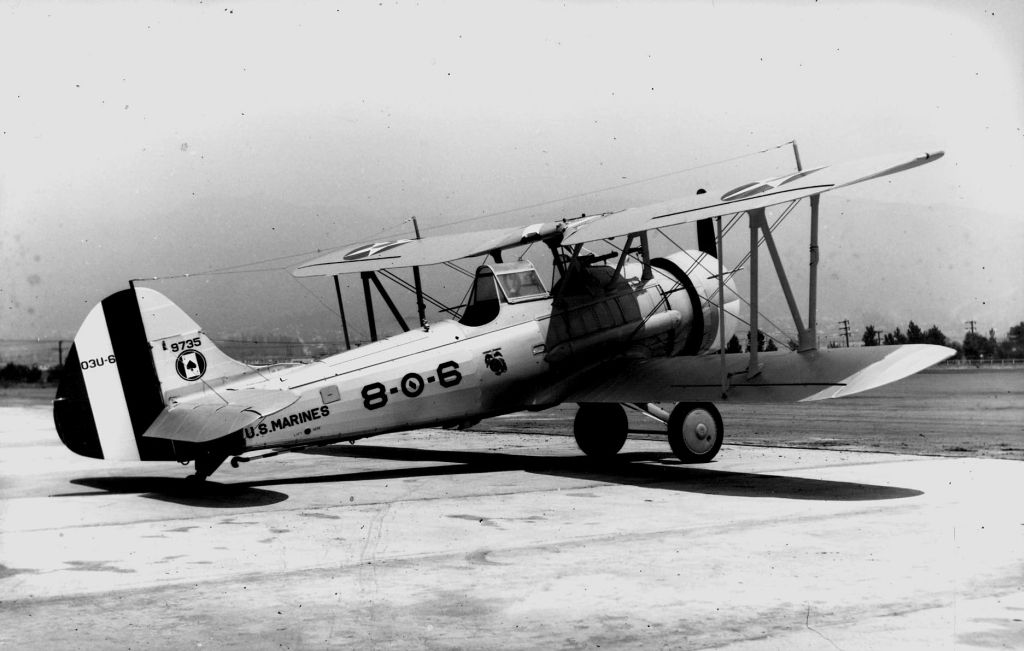Forums
- Forums
- Duggy's Reference Hangar
- USAAF / USN Library
- Vought O2U/O3U Corsair
Vought O2U/O3U Corsair
Post a reply
- Go to Previous topic
- Go to Next topic
- Go to Welcome
- Go to Introduce Yourself
- Go to General Discussion
- Go to Screenshots, Images and Videos
- Go to Off topic
- Go to Works in Progress
- Go to Skinning Tips / Tutorials
- Go to Skin Requests
- Go to IJAAF Library
- Go to Luftwaffe Library
- Go to RAF Library
- Go to USAAF / USN Library
- Go to Misc Library
- Go to The Ops Room
- Go to Made in Germany
- Go to Campaigns and Missions
- Go to Works in Progress
- Go to Juri's Air-Raid Shelter
- Go to Campaigns and Missions
- Go to Works in Progress
- Go to Skinpacks
- Go to External Projects Discussion
- Go to Books & Resources
-
13 years ago
 Main AdminThe Navy issued specifications in 1925 for a rugged new observation airplane. Chance Vought Corporation submitted plans that won a contract for two prototypes. Nicknamed the Corsair, it was the first service airplane designed around the new Pratt & Whitney Aircraft Wasp, air-cooled engine. The Wasp, rated initially at 410-hp, was the first reliable air-cooled radial to match the power of the existing water-cooled Liberty and Curtiss Hispano engines. The Vought Corsair, eventually proved to be one of the most useful and versatile military airplanes ever produced. The new biplane, designated by the Navy as the O2U-1, proved to be all that was desired, and more. This new Vought airplane was one of the first to have an all-steel-tube fuselage. Features of the earlier Vought designs which were retained included the cheek tank and the method of fuselage streamlining. First delivered in 1926, the new Corsair, although dubbed an observation machine, quickly proved itself equally adroit in many roles. Convertible to either fixed gear, amphibian, or float-plane, it won immediate favor with the fleet and resulted in numerous government contracts for additional deliveries. In short order, the Corsair set four world altitude and speed records and gained such international prominence that foreign governments began placing orders.
Main AdminThe Navy issued specifications in 1925 for a rugged new observation airplane. Chance Vought Corporation submitted plans that won a contract for two prototypes. Nicknamed the Corsair, it was the first service airplane designed around the new Pratt & Whitney Aircraft Wasp, air-cooled engine. The Wasp, rated initially at 410-hp, was the first reliable air-cooled radial to match the power of the existing water-cooled Liberty and Curtiss Hispano engines. The Vought Corsair, eventually proved to be one of the most useful and versatile military airplanes ever produced. The new biplane, designated by the Navy as the O2U-1, proved to be all that was desired, and more. This new Vought airplane was one of the first to have an all-steel-tube fuselage. Features of the earlier Vought designs which were retained included the cheek tank and the method of fuselage streamlining. First delivered in 1926, the new Corsair, although dubbed an observation machine, quickly proved itself equally adroit in many roles. Convertible to either fixed gear, amphibian, or float-plane, it won immediate favor with the fleet and resulted in numerous government contracts for additional deliveries. In short order, the Corsair set four world altitude and speed records and gained such international prominence that foreign governments began placing orders.
With deliveries beginning in December 1927, the O2U Corsair went into immediate service with the Navy and the Marine Corps. In the 1928 Nicaraguan campaign, Marine Corsairs earned further distinctions by being the first planes ever to conduct an unsupported attack against fortified positions. Attacking a force of 1,500 rebels, four Corsairs began low-level strafing and light bombing against well armed positions. In this campaign, Lt. Frank Schilt, USMC, won the Medal of Honor while flying the Corsair.
Using the new Pratt & Whitney 425-hp, air-cooled engine, the Corsair's tactical flexibility rapidly earned it the reputation as a jack-of-all-trades. They could be flown on wheels from an aircraft carrier as a defensive fighter, catapulted as an amphibian from battleships and cruisers, and land on carriers for re-servicing.







By late 1929 the Navy began to look for a replacement for its aging Corsair I (O2U) fleet. In 1930 Vought submitted a proposal for an O3U-1 aircraft.
By incorporating many of the O2U features with improved engine and equipment performance and improved aerodynamics, the Vought proposal represented a minimum cost approach which impressed the Navy. An initial order for thirty-six O3U-1's was placed in 1930. When the trials of the aircraft were completed in February 1931 at NAS Anacostia, the O3U-1 had demonstrated the capability to fly 190 mph. The Navy dubbed the O3U-1, Corsair II, and placed follow-on orders for 51 more.
The 03U-2 was an upgraded 03U-1. The first five retained the 03U-2 designation, but the remainder were designated SU-1 and flown by the Marines. Only the landplane version of this model was produced.
While the O3U-1 was being produced, Vought proposed a follow-on O3U-2 which incorporated several major changes. The most apparent was the use of the latest P&W R1690 Hornet (565/600 hp) engine and a new, rounder fin. The Navy ordered 29, but since this batch of aircraft was delivered to the Marine Corps, the designation was changed to SU-1 to reflect the Marine scouting mission. The Marines operated the SU-1's from the decks of the USS Lexington and the USS Saratoga, thereby becoming the first Marine aircraft to operate from an aircraft carrier.
Some of these aircraft served as late as 1941 when several were converted into target drones or radio controlled drones by the Naval Air Factory.
























General characteristics SU-4
Crew: Two
Length: 27 ft 5.5 in (8.37 m)
Wingspan: 36 ft (10.97 m)
Height: 11 ft 4 in (3.45 m)
Wing area: 337 ft2 (31.31 m2)
Empty weight: 3,312 lb (1,502 kg)
Max. takeoff weight: 4,765 lb (2,161 kg)
Powerplant: 1 ? Pratt & Whitney R-1690-42 Hornet radial, 600 hp (447 kW)
Performance
Maximum speed: 167 mph at sea level (269 km/h)
Range: 680 miles (1,094 km)
Service ceiling: 18,600 ft (5,670 m)
Armament
3 .30 cal (7.62 mm) Browning machine guns, one forward firing and two on a trainable mount in rear cockpit
Regards Duggy.
Post a reply
- Go to Previous topic
- Go to Next topic
- Go to Welcome
- Go to Introduce Yourself
- Go to General Discussion
- Go to Screenshots, Images and Videos
- Go to Off topic
- Go to Works in Progress
- Go to Skinning Tips / Tutorials
- Go to Skin Requests
- Go to IJAAF Library
- Go to Luftwaffe Library
- Go to RAF Library
- Go to USAAF / USN Library
- Go to Misc Library
- Go to The Ops Room
- Go to Made in Germany
- Go to Campaigns and Missions
- Go to Works in Progress
- Go to Juri's Air-Raid Shelter
- Go to Campaigns and Missions
- Go to Works in Progress
- Go to Skinpacks
- Go to External Projects Discussion
- Go to Books & Resources
